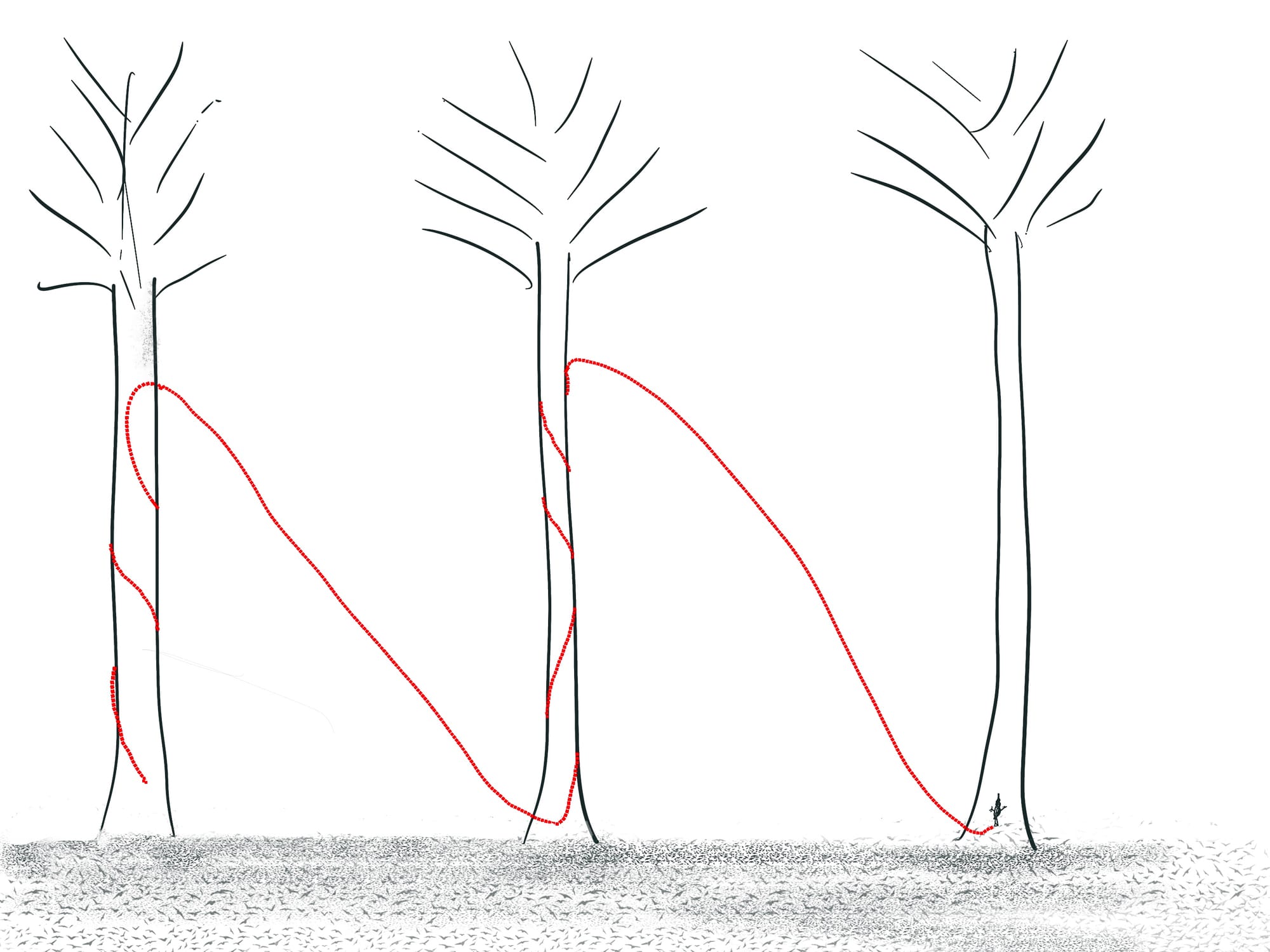February 25-March 2, 2024
The Long Wait
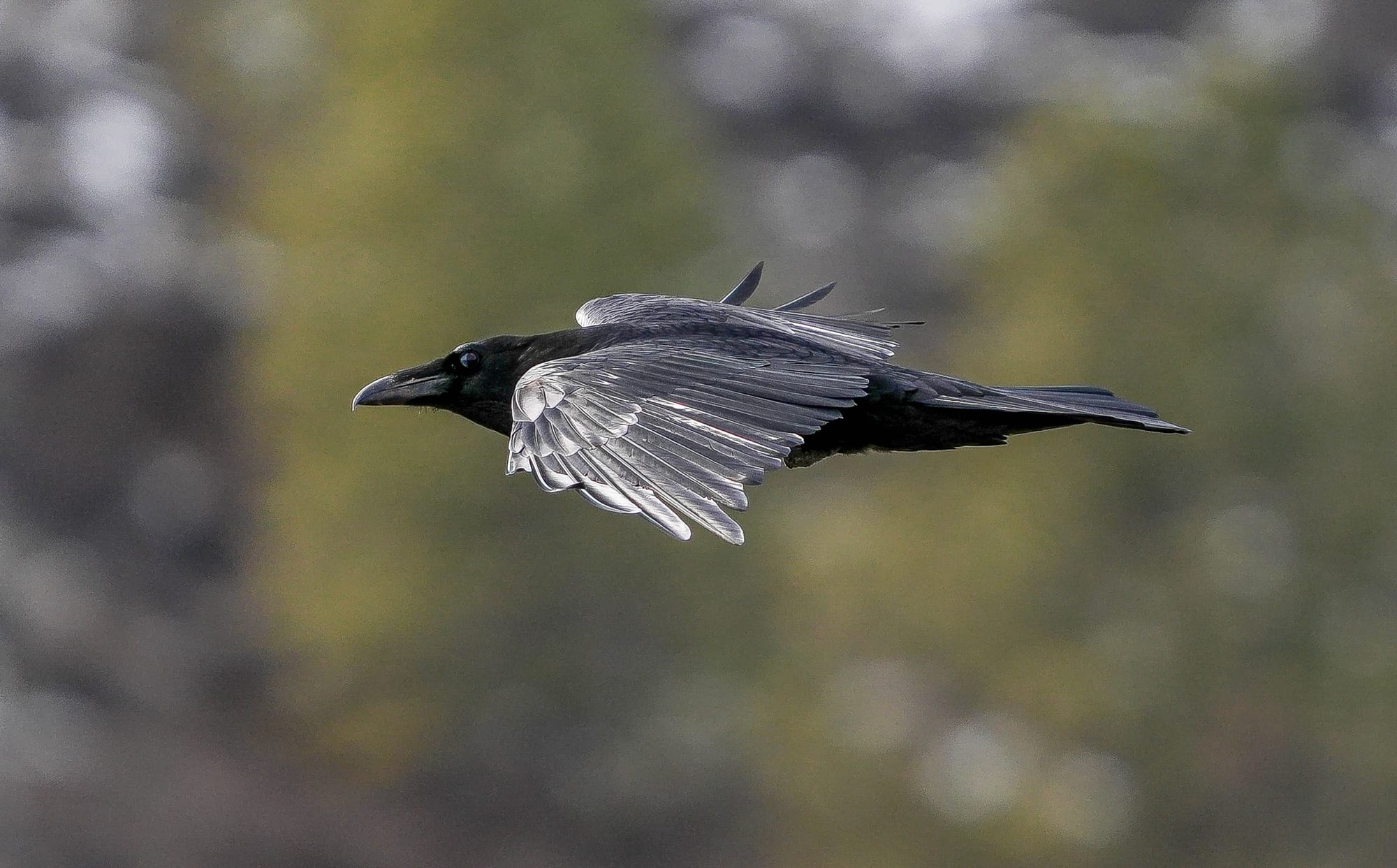
Are you eager for spring to begin, or do you long for more days of snow?

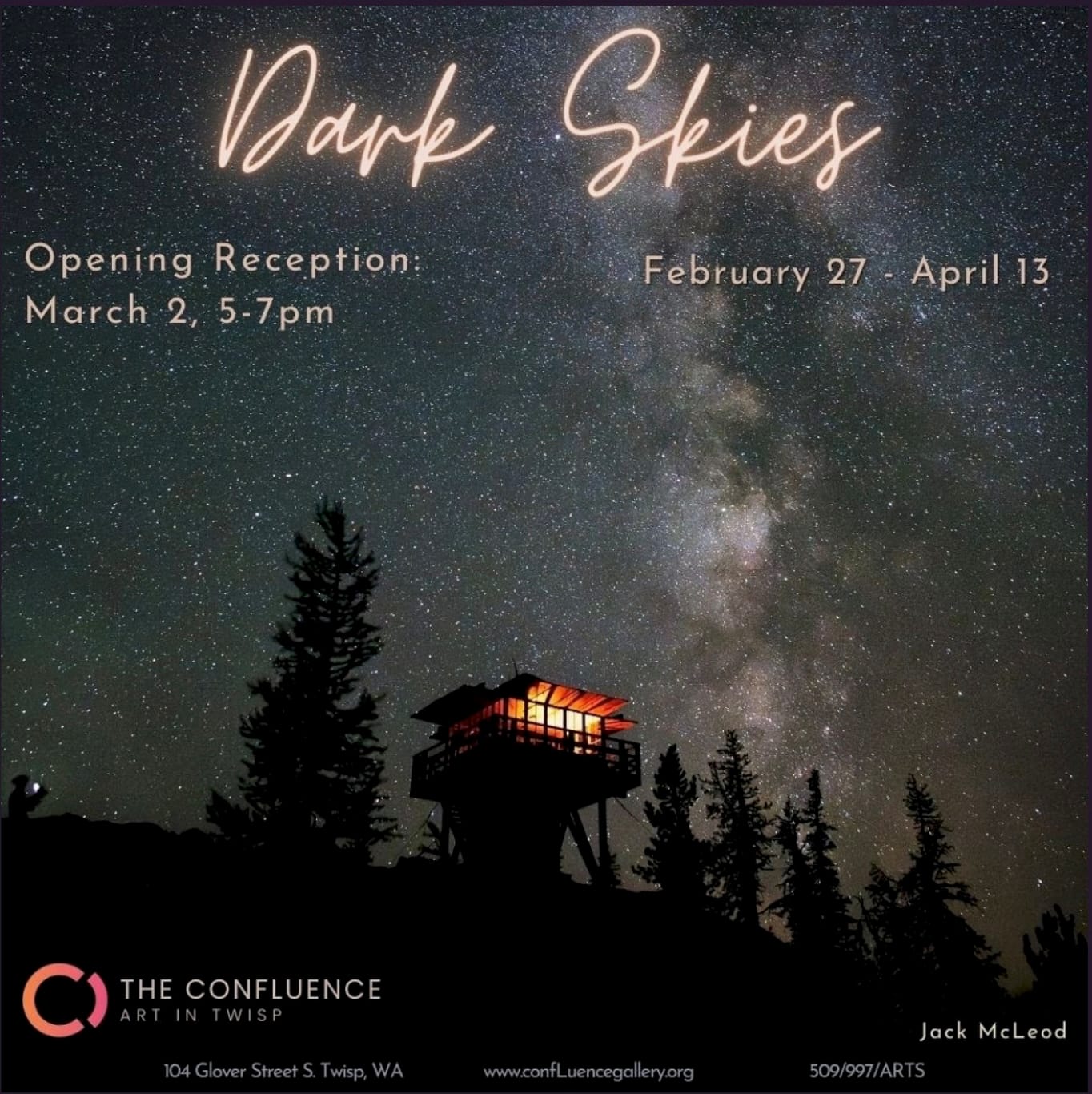

Week in Review
It's hard to summarize the weather this week. Much of the time it felt like spring was just around the corner, but then the week ended with a new blanket of snow and even more snow in the forecast!
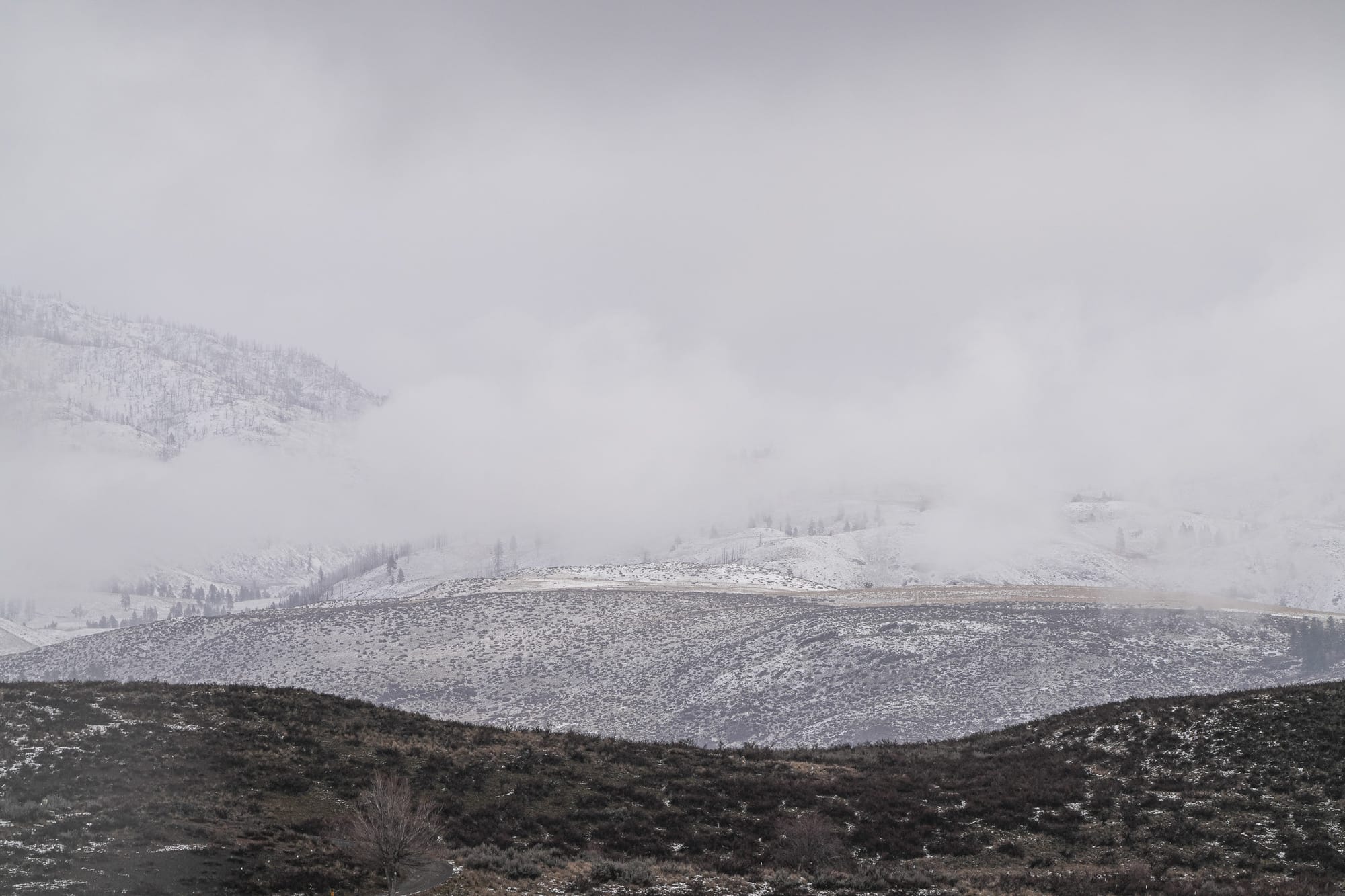
I'm sure the animals are feeling some confusion as well. For example, Dana Visalli saw a male mountain bluebird on Bowen Mountain on February 29. A bluebird arriving early in the spring might find food on a sunny day, but it's a total mystery how it would find insects on a rainy or snowy day!
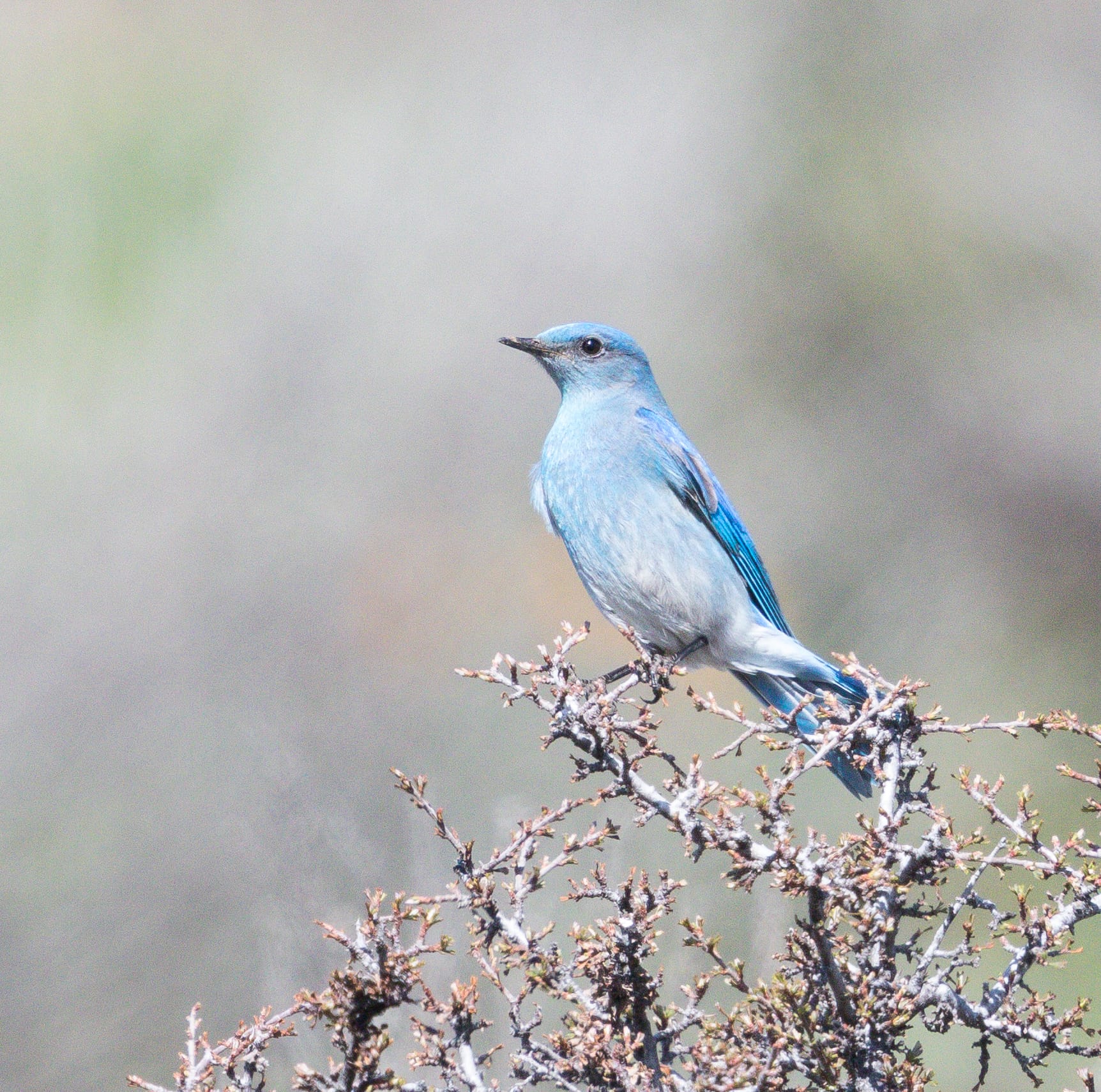
My own confusion was mirrored in spotting a lone ruddy duck. I initially thought this bird was the first migrant duck to show up this spring, then I learned that ruddy ducks occasionally linger through winter and are sometimes found on Christmas Bird Counts in the valley.
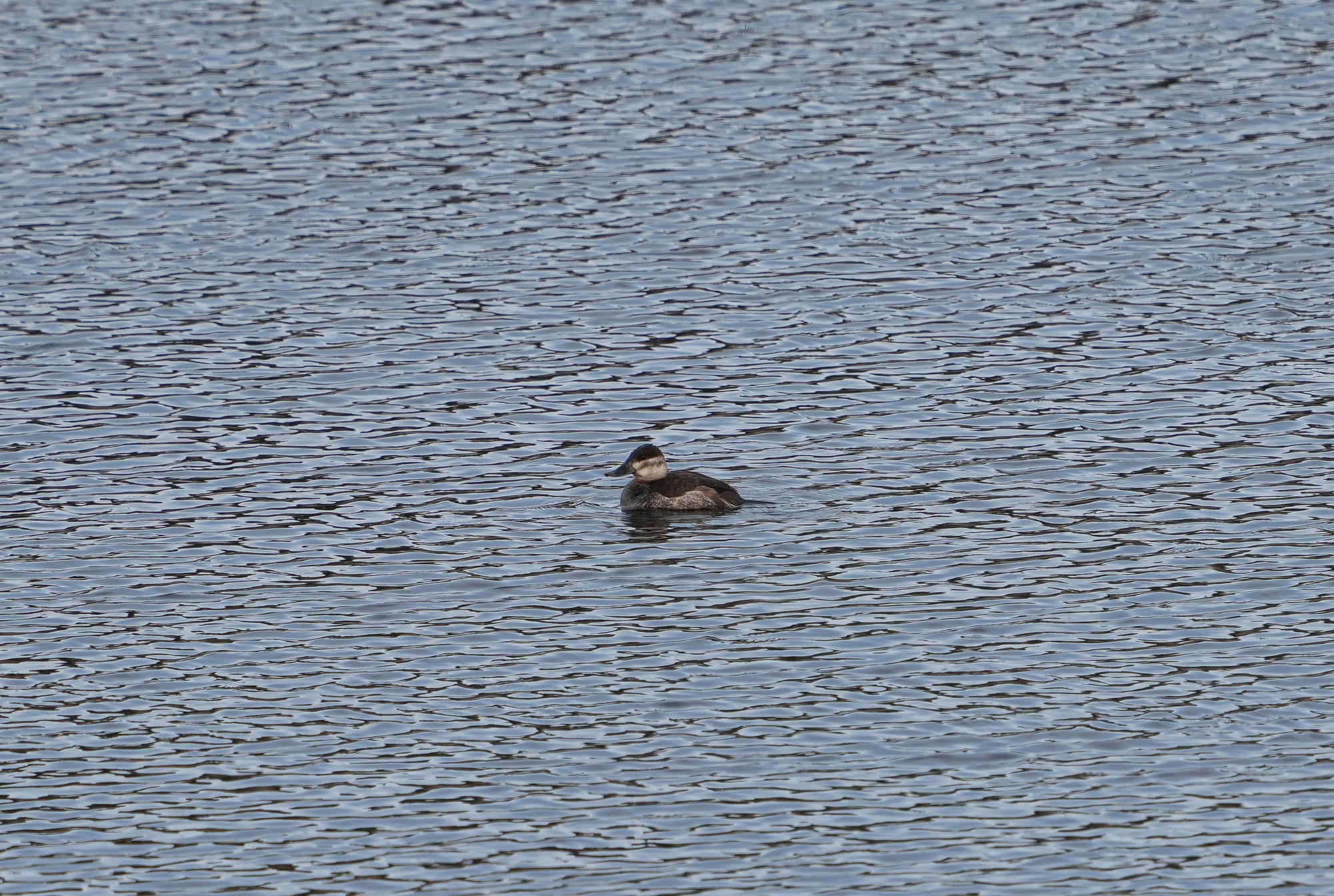
Hawks, eagles, and ravens continue to display exuberant courtship and breeding behavior, including making loud calls and circling high in the air. Two weeks ago in the newsletter, I shared Tom Forker's photo of a unique pair of red-tailed hawks, so I was pleased to rediscover what appears to be this same pair guarding a nest site a couple days ago.
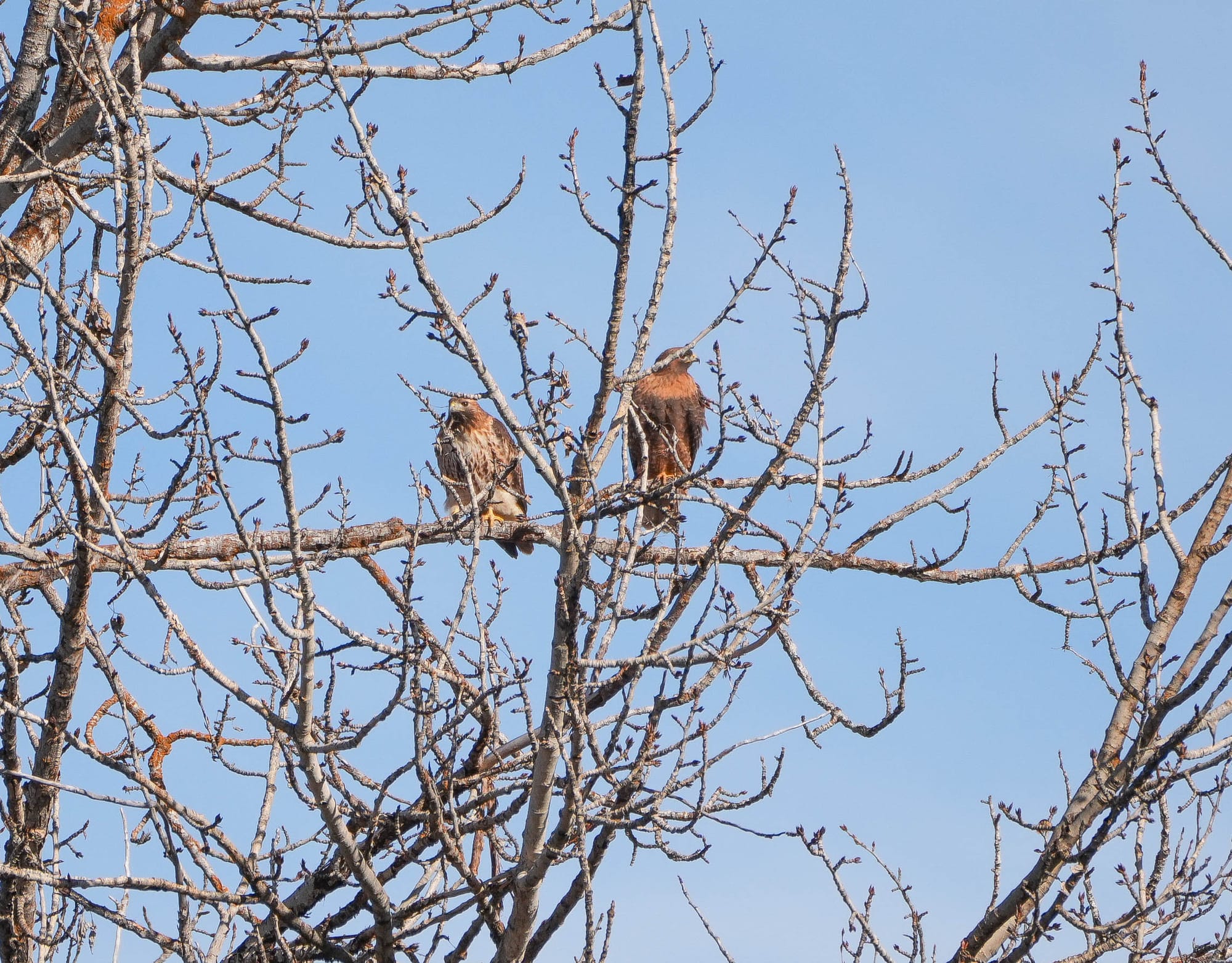
Large groups of deer have also been making a conspicuous appearance lately. Perhaps this is a good year for them, with little snow and easy access to new grasses and leaf buds?
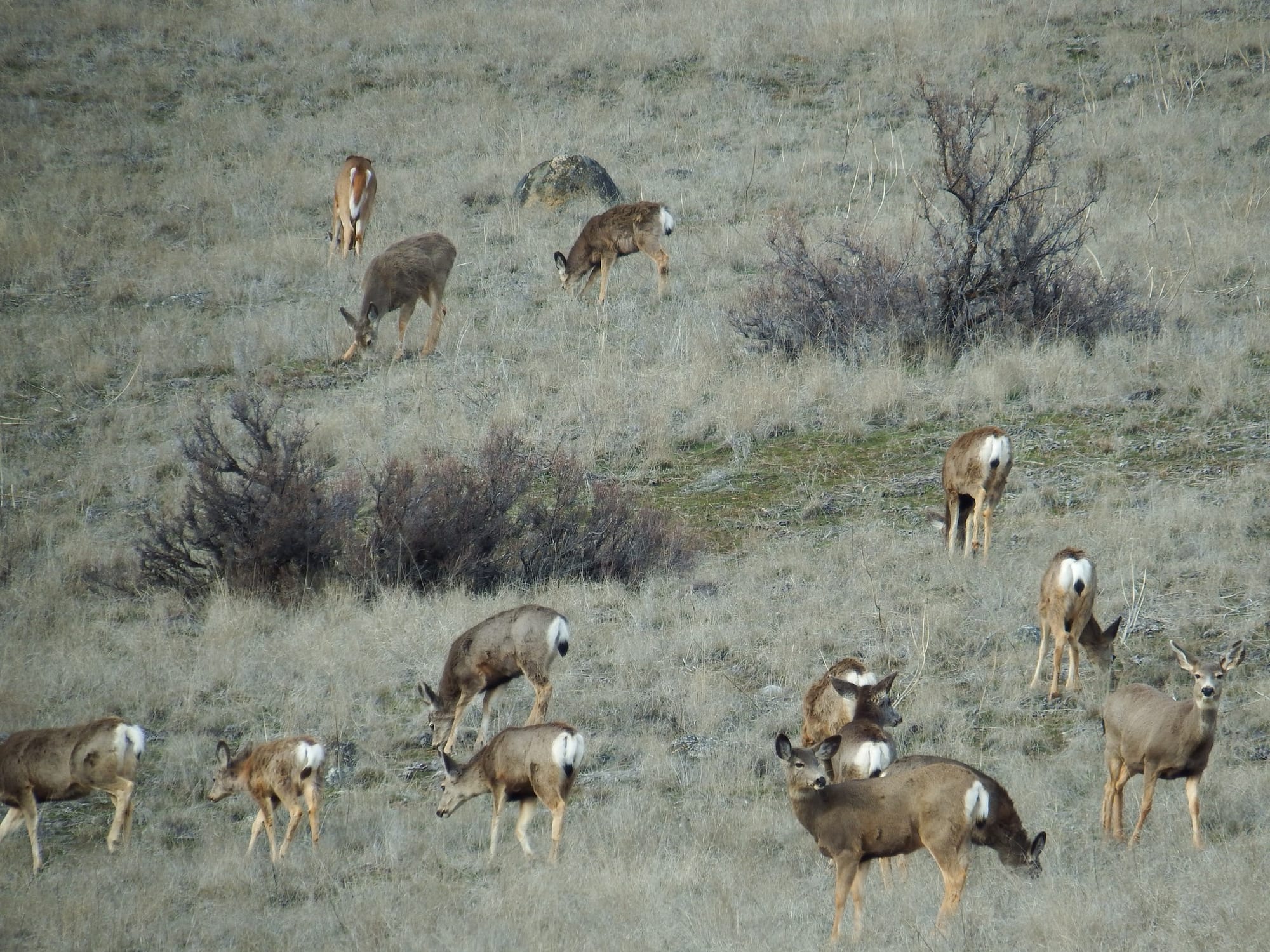
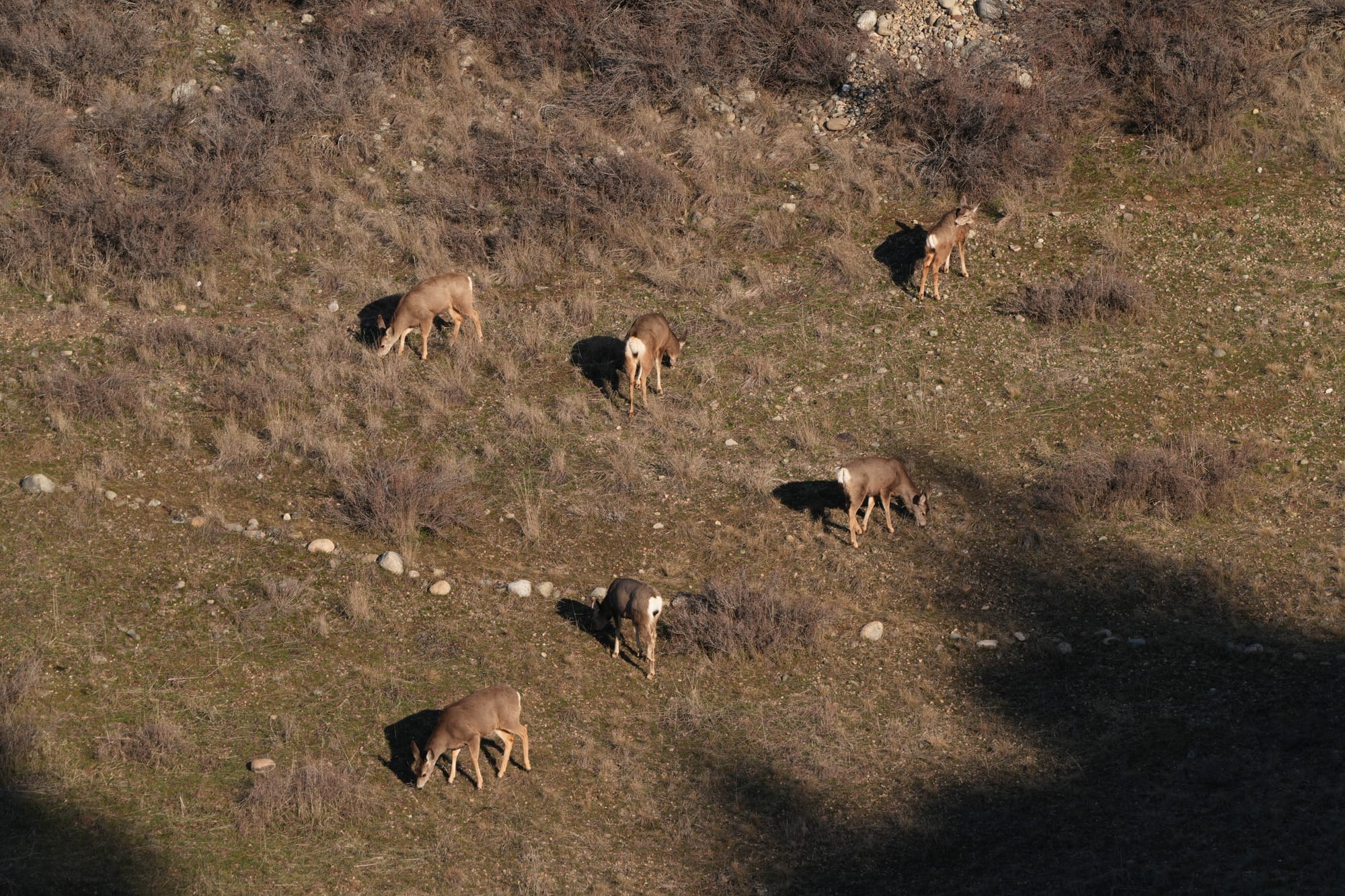
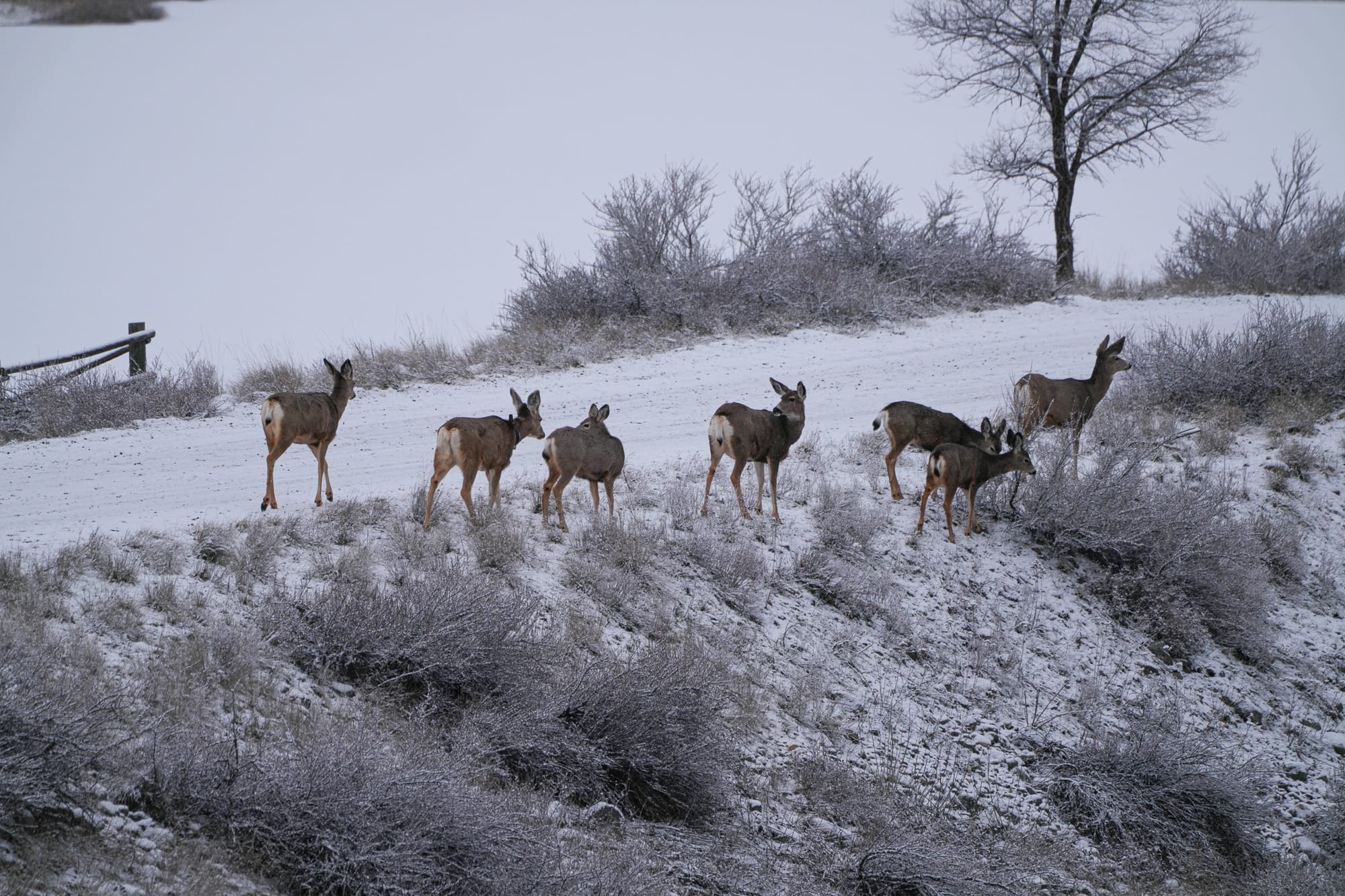
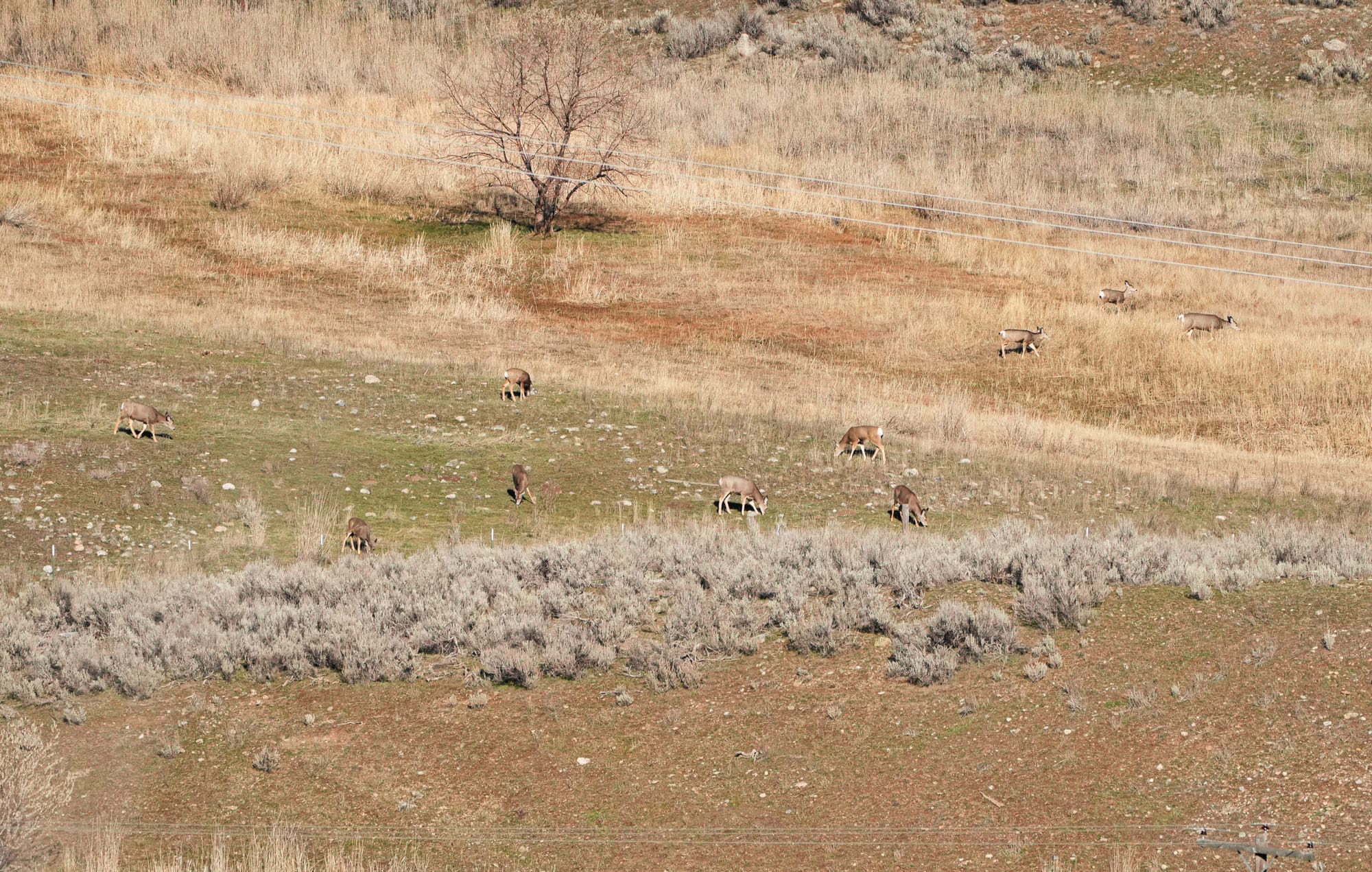
Some of the many groups of deer I've seen recently. Photos by David Lukas
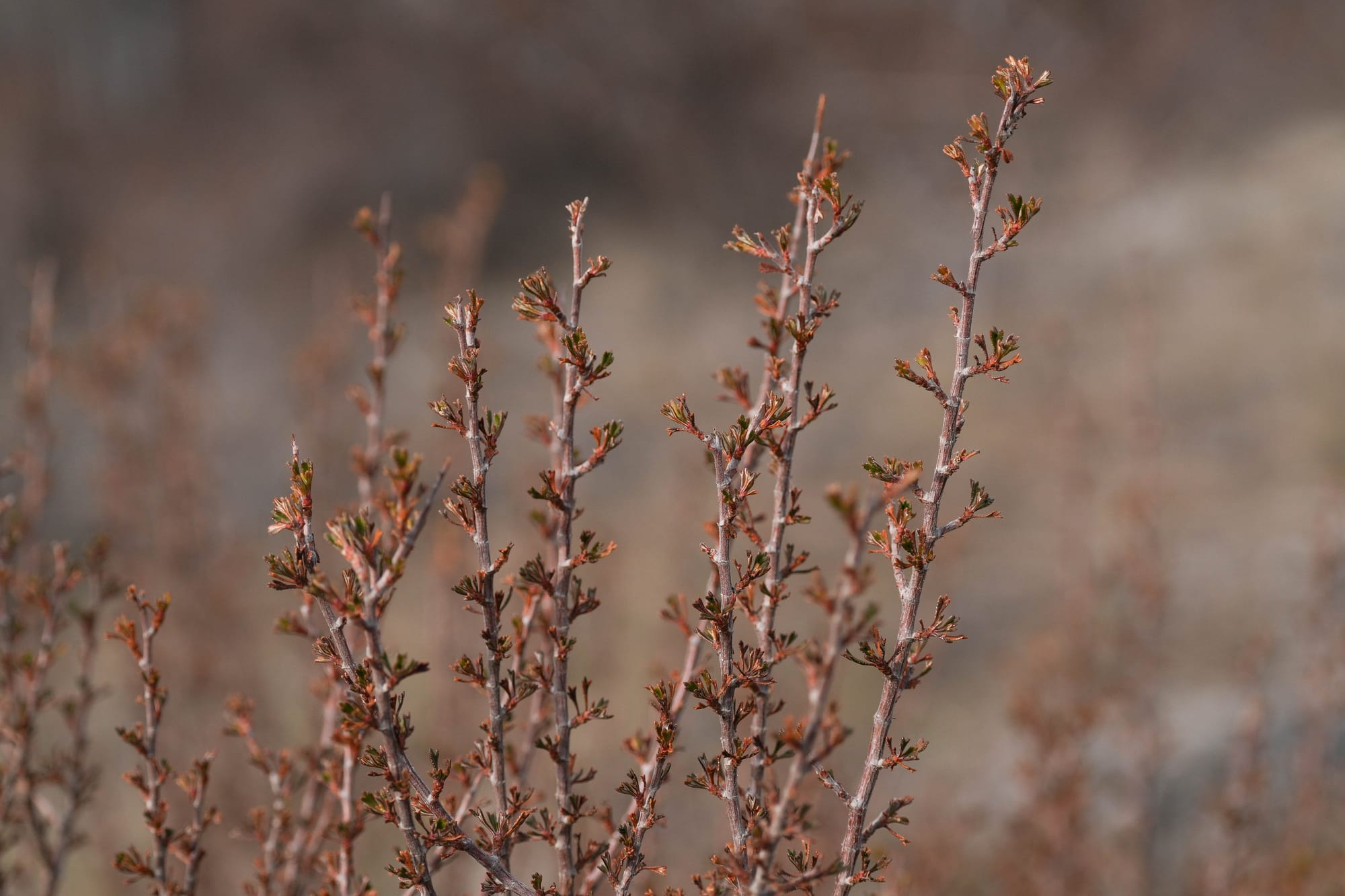
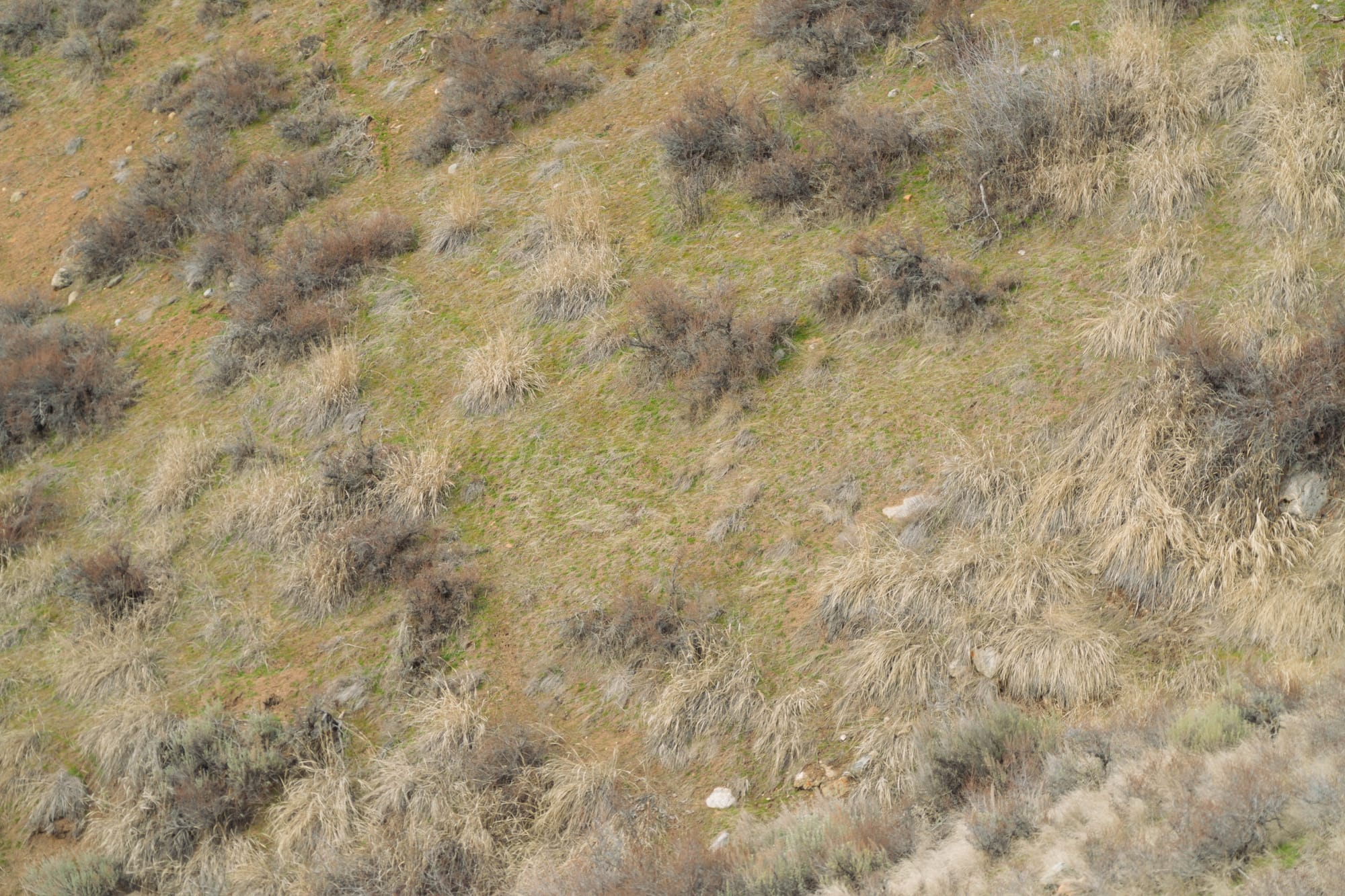
We can expect to see rust fungi later in the spring, but this week was the first time that I've ever spotted one in the earliest stages of its development. At some point I'll write more extensively about this bizarre fungus, but briefly, this rust infects native mustard plants then reprograms the plant so it produces "fake" flowers that attract pollinators who transfer fungal sperm to other plants. (You can read a bit more in this Wikipedia entry.)
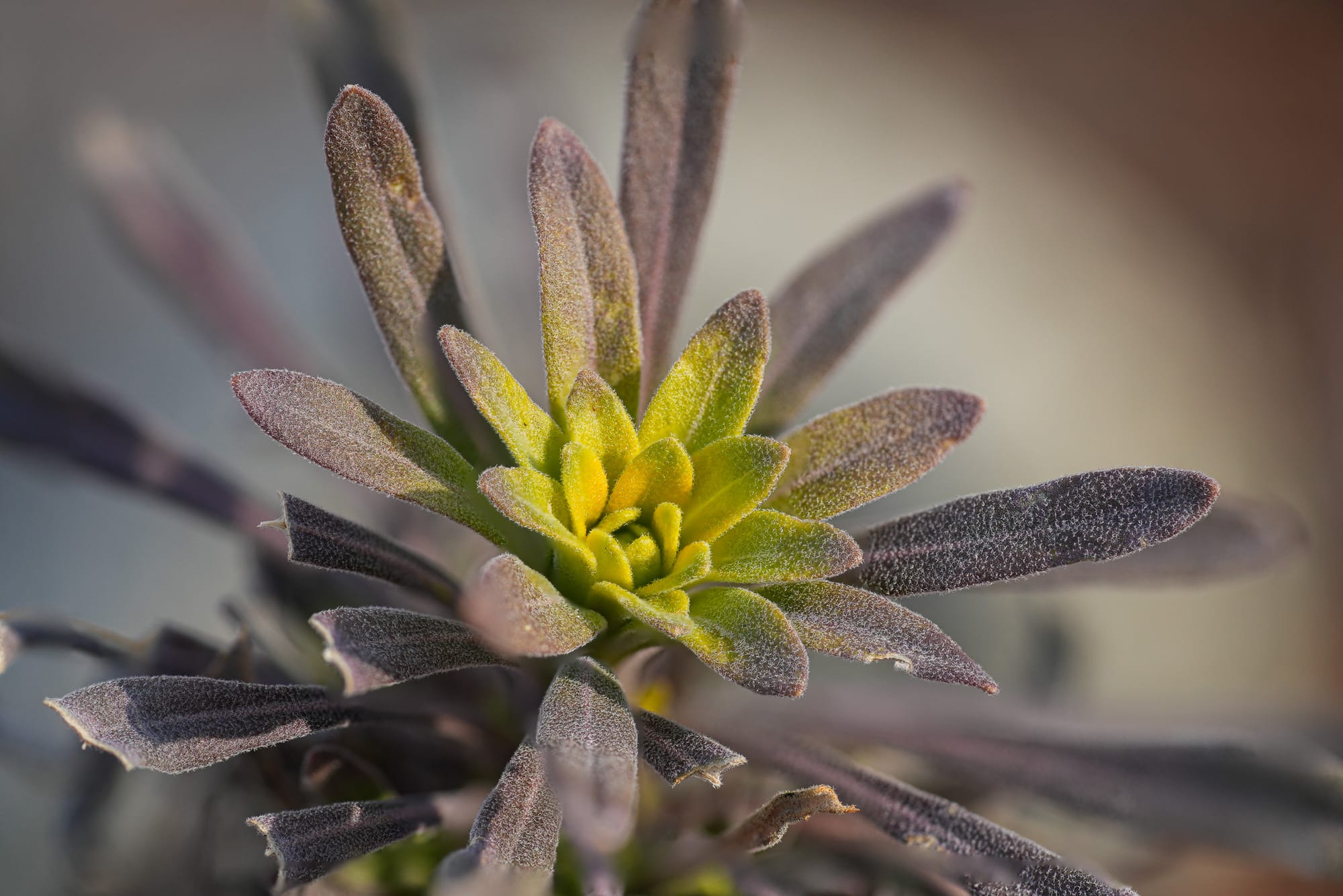
Observation of the Week: Brown Creeper
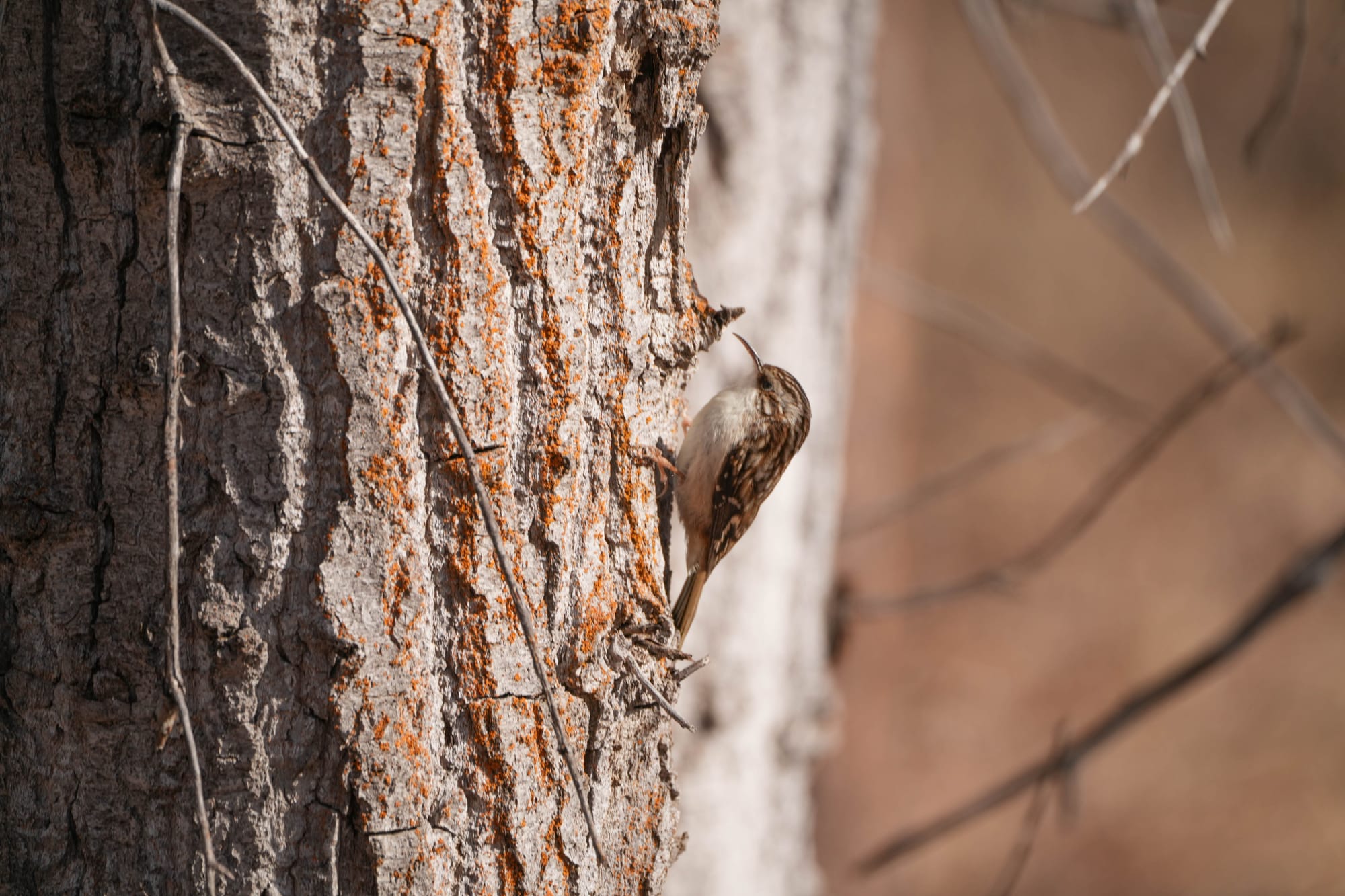
The tiny brown creeper is considered uncommon in the valley but is observed far less than expected because it so inconspicuous. I'm positive that I've seen them at least a couple times, but I can't remember the last time I've seen one, so I was super excited to find one scampering up tree trunks along the river this week.
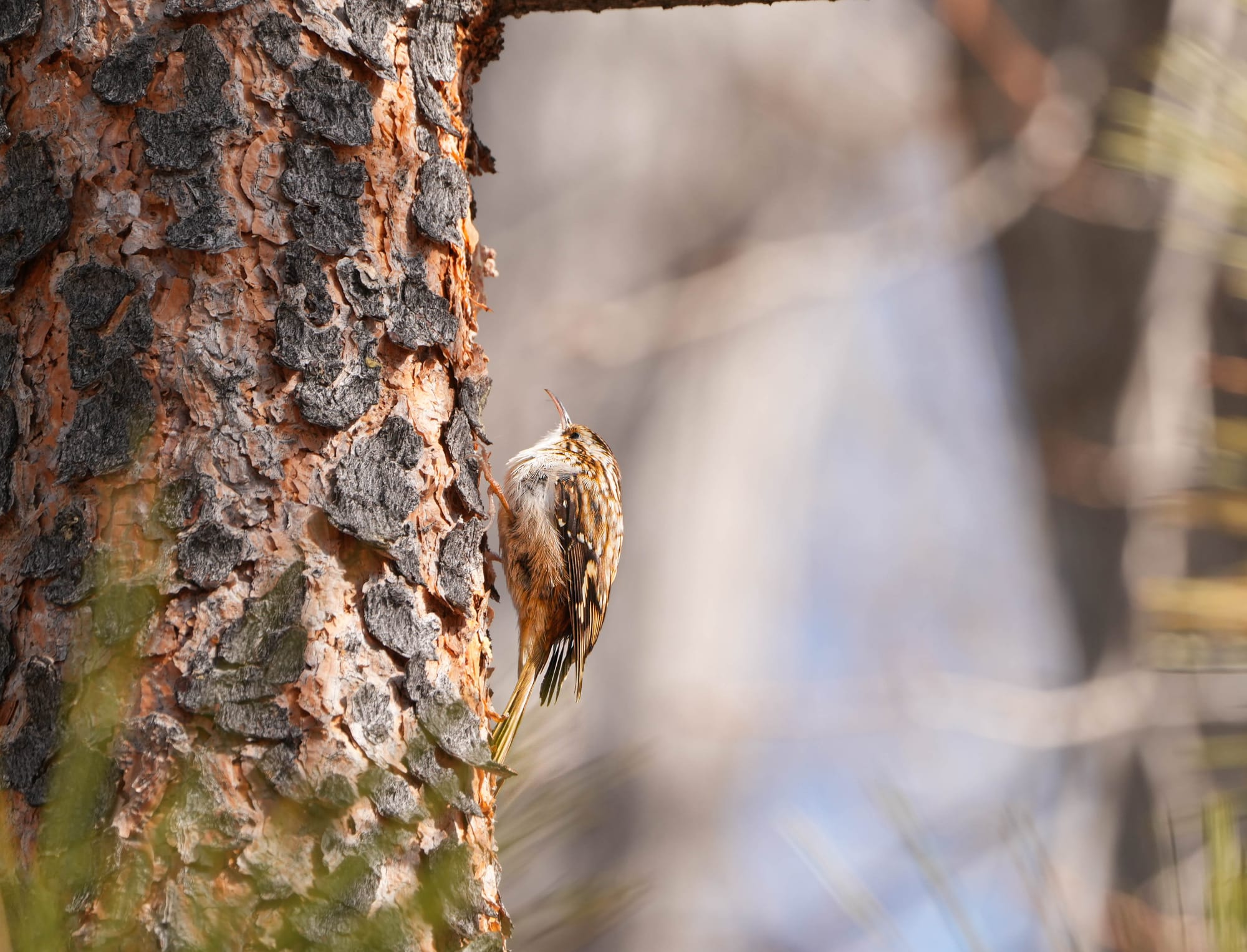
Brown creepers are like very small woodpeckers that cling to tree trunks and search for insects hidden in crevices and under flakes of bark. Creepers share this same niche with nuthatches, but nuthatches move down a tree trunk, while creepers move up a tree trunk.
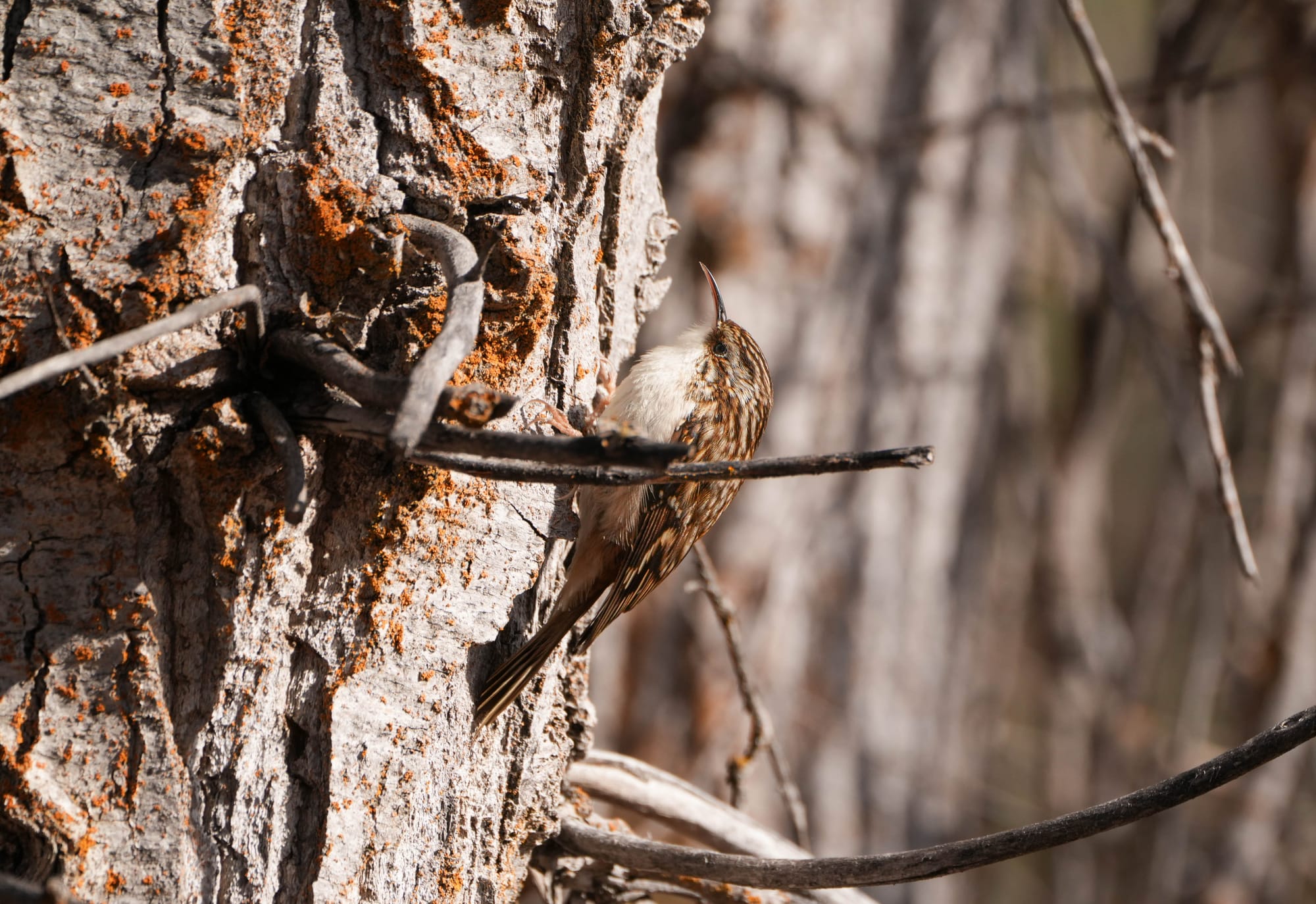
Creepers have another unique behavior. They find the greatest number of insects near the bottom of tree trunks where the bark is older and more fractured, so they start looking for food near the ground then circle their way up the trunk. When they reach newer, smoother bark higher up on the trunk, they fly to the base of another tree and keep repeating this pattern.
